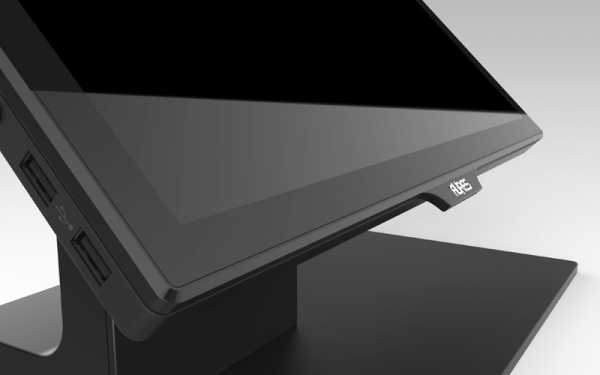The coming year will undoubtedly bring innovation that will open new horizons in performance and potential. If you’re thinking about upgrading your point of sale solutions in 2019, what is the minimum you should expect from a new POS system? Here we take a glance at the must-have features you shouldn’t compromise on.
High speed, powerful processing
With IT systems now integrated across the enterprise, POS is now an essential hub not just for processing sales, but for inventory management, customer relationship management (CRM), data analytics and more.
When you process a sale today, you want to be able to automatically update stock, check availability and gain instant access to customer records. To maximize the value of your POS terminal, you also want to run sales reports, get live updates on KPIs, manage supply chain relations and cross reference with multiple sales channels, especially online.
More than ever, you should expect your POS hardware to reliably process multiple tasks at high speed. That requires high-performance processing components – starting at a minimum of 4GB RAM for today’s business requirements.
Customer-facing screens
POS is as much about service as it is transactions. In retail especially, the advent of ecommerce has transformed consumer expectations around in-store experiences, and these carry over into other sectors like hospitality and leisure. Having a customer-facing screen on your POS means that customers can visually check transactions, view product details and alternative product recommendations, informing the purchasing decisions they make and often, driving an increase in transaction size for the retailer.
Multiple payment options
We all know that the days of cash-only transactions are long behind us and a majority of customer-facing businesses are now on board with contactless card transactions, as well as chip and pin. But with payment options multiplying, especially around smartphone-based mobile wallets and similar NFC-based technology, it’s important for businesses to have up-to-date multi-tech readers that can handle all options. Even for mobile and occasional retail and hospitality operations, the freedom and flexibility of being able to accept multiple payment formats can greatly boost your earnings potential.
Flexibility and scalability
Point of sale can no longer be viewed as a fixed place in store where people line up to pay. In today’s convenience-driven world, a long checkout line is likely to lead to lost sales as customers decide to spend their time elsewhere. Modern businesses need the flexibility in their POS solutions to process transactions wherever the business demands. Light, compact, plug-and-play terminals can be added at peak periods, and mobile POS (mPOS) options can be used to take transactions to the customer.
As the focus increasingly shifts to creating rich and engaging customer experiences, businesses are also looking to introduce variety in how and where they offer products for sale. It might be pop-up themed events in store, on the patio or parking lot. Again, mobility is key here, which is why the compact AURES Nino is so popular with outdoor caterers and retailers, as is the innovative AURES SWING, a multi-use tablet that can be used as both a mobile POS and fixed solution.
Great looks
Finally, no one in retail or hospitality should underestimate the importance of aesthetics in reinforcing the retailers’ brand. In pursuit of that all-important great customer experience, you want your stores and restaurants looking great, and an old, clunky POS system doesn’t cut it.
Customer feedback about AURES’ best-selling POS terminals, the YUNO and SANGO, consistently rates aesthetics as the number one feature. Compact, ergonomically designed and available in a range of colors, YUNO fits seamlessly into practically any environment. The SANGO, with its ground-breaking ‘suspended’ design, creates space under the touchscreen for peripherals, for a modern and streamlined POS.




